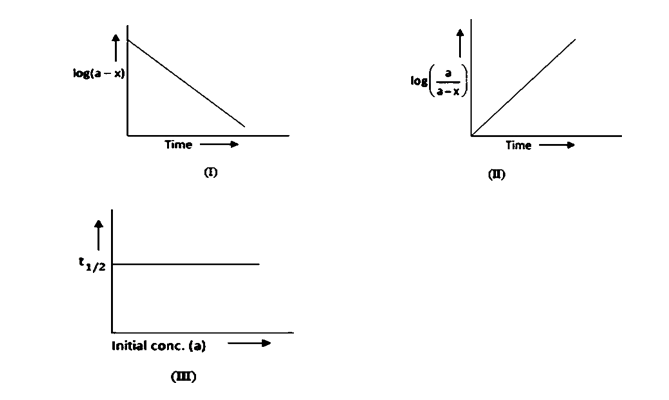Which of the following is correct for a first order reaction ?
t1/2∝a
t1/2∝1/a
t1/2∝a0
t1/2∝1a2.
The correct Answer is:C
To determine which statement is correct for a first-order reaction, we need to analyze the half-life (T_half) of such reactions and its relationship with concentration.
1. Understanding First-Order Reactions:
- A first-order reaction is characterized by a rate that is directly proportional to the concentration of one reactant. The general form of the rate law for a first-order reaction can be written as:
Rate=k(A)
where k is the rate constant and (A) is the concentration of reactant A.
2. Expression for Half-Life (T_half):
- The half-life of a first-order reaction is defined as the time required for the concentration of the reactant to decrease to half of its initial value. The formula for the half-life of a first-order reaction is given by:
Thalf=0.693k
or equivalently,
Thalf=ln2k
3. Dependency of T_half on Concentration:
- From the expression for T_half, we can see that it is independent of the initial concentration of the reactant. This means that regardless of how much of the reactant is present initially, the half-life remains constant as long as the rate constant k does not change.
4. Comparing with Other Orders:
- For zero-order reactions, the half-life is directly proportional to the initial concentration:
Thalf=(A)02k
- For second-order reactions, the half-life is inversely proportional to the initial concentration:
Thalf=1k(A)0
- This shows that as the order of the reaction increases, the dependency of T_half on concentration changes from direct to inverse.
5. Conclusion:
- Therefore, the correct statement regarding the half-life of a first-order reaction is that it is independent of the initial concentration. This corresponds to the option that states T_half is directly proportional to 10 (which is 1), indicating no dependency on concentration.
Final Answer:
The correct option is C: T_half is directly proportional to 10.
- A first-order reaction is characterized by a rate that is directly proportional to the concentration of one reactant. The general form of the rate law for a first-order reaction can be written as:
Rate=k(A)
where k is the rate constant and (A) is the concentration of reactant A.
- The half-life of a first-order reaction is defined as the time required for the concentration of the reactant to decrease to half of its initial value. The formula for the half-life of a first-order reaction is given by:
Thalf=0.693k
or equivalently,
Thalf=ln2k
- From the expression for T_half, we can see that it is independent of the initial concentration of the reactant. This means that regardless of how much of the reactant is present initially, the half-life remains constant as long as the rate constant k does not change.
- For zero-order reactions, the half-life is directly proportional to the initial concentration:
Thalf=(A)02k
- For second-order reactions, the half-life is inversely proportional to the initial concentration:
Thalf=1k(A)0
- This shows that as the order of the reaction increases, the dependency of T_half on concentration changes from direct to inverse.
- Therefore, the correct statement regarding the half-life of a first-order reaction is that it is independent of the initial concentration. This corresponds to the option that states T_half is directly proportional to 10 (which is 1), indicating no dependency on concentration.
The correct option is C: T_half is directly proportional to 10.
Topper's Solved these Questions
- BOOK - DINESH PUBLICATIONCHAPTER - RATES OF REACTIONS AND CHEMICAL KINETICSEXERCISE - Selected Straight49videos
RATES OF REACTIONS AND CHEMICAL KINETICS
- BOOK - DINESH PUBLICATIONCHAPTER - RATES OF REACTIONS AND CHEMICAL KINETICSEXERCISE - Comprehension13videos
RATES OF REACTIONS AND CHEMICAL KINETICS
- BOOK - DINESH PUBLICATIONCHAPTER - RATES OF REACTIONS AND CHEMICAL KINETICSEXERCISE - Ultimate Preparatory Package29videos
RATES OF REACTIONS AND CHEMICAL KINETICS
- BOOK - DINESH PUBLICATIONCHAPTER - PHYSICAL AND CHEMICAL EQUILIBRIAEXERCISE - ULTIMATE PREPARATORY PACKAGE13videos
PHYSICAL AND CHEMICAL EQUILIBRIA
- BOOK - DINESH PUBLICATIONCHAPTER - REDOX REACTIONSEXERCISE - Reasoning Type Questions4videos
REDOX REACTIONS
Similar Questions
Knowledge Check
- Question 1 - Select One
Which or the following is correct for the first order reaction ?
2N2O5(g)→4NO2(g)+O2(g)
(i) The concentration of the reactant decreases exponentially with time.
(ii) The half life of the reaction decreases with increaseing temperature.
(iii) The half life of the reaction depends on the initial concentration of the reactant.
(iv) The reaction proceeds to 99.6% completion in eigth half-life duration.A(i), (ii), (iv)B(i), (iv)Conly (iv)Dinly (i) - Question 2 - Select One or More
Which of the following graph is correct for a first order reaction ?
A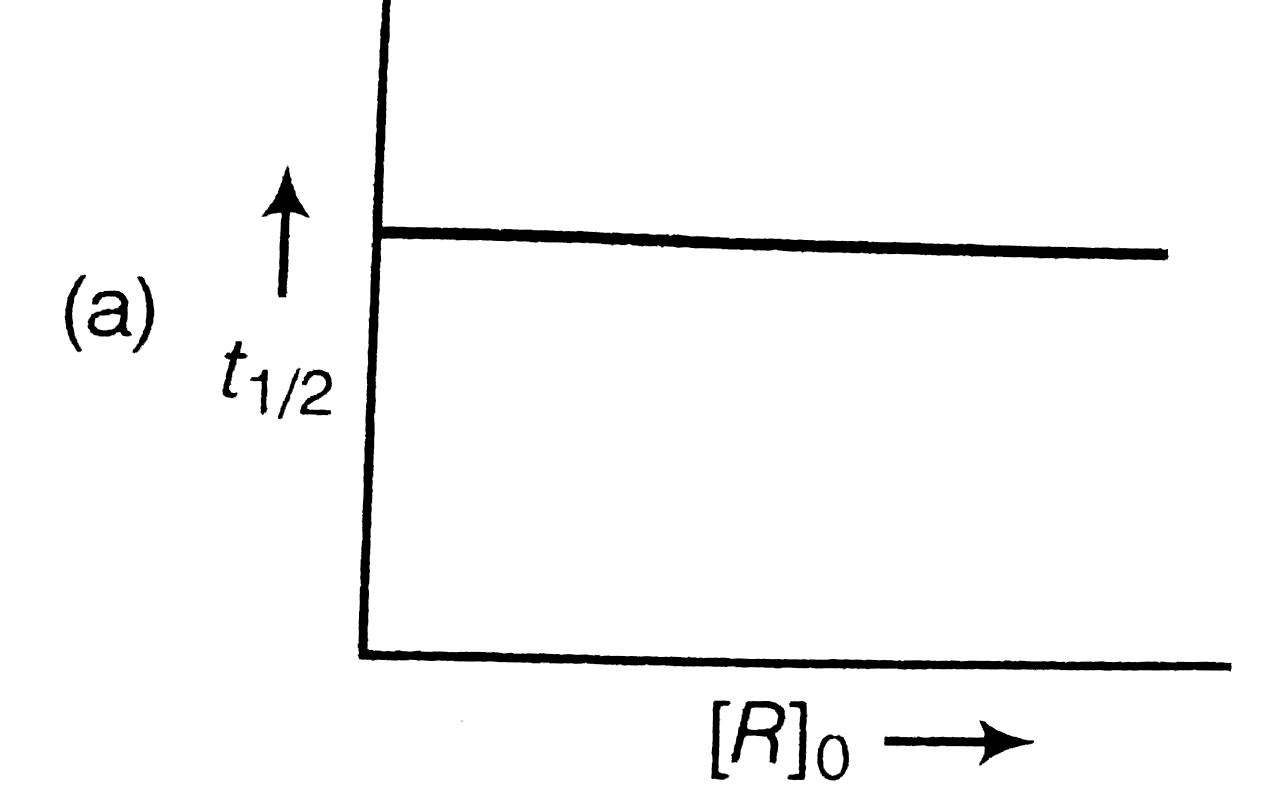 B
B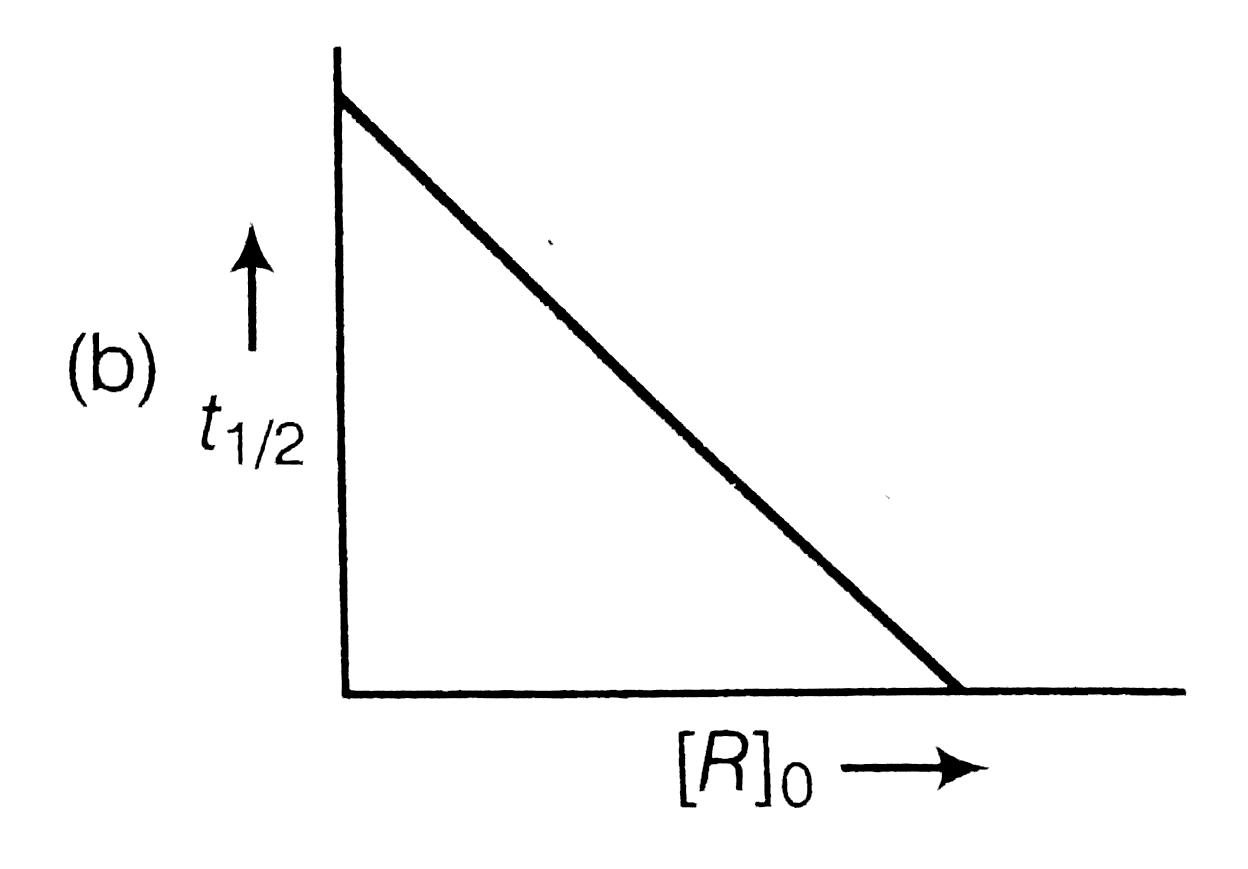 C
C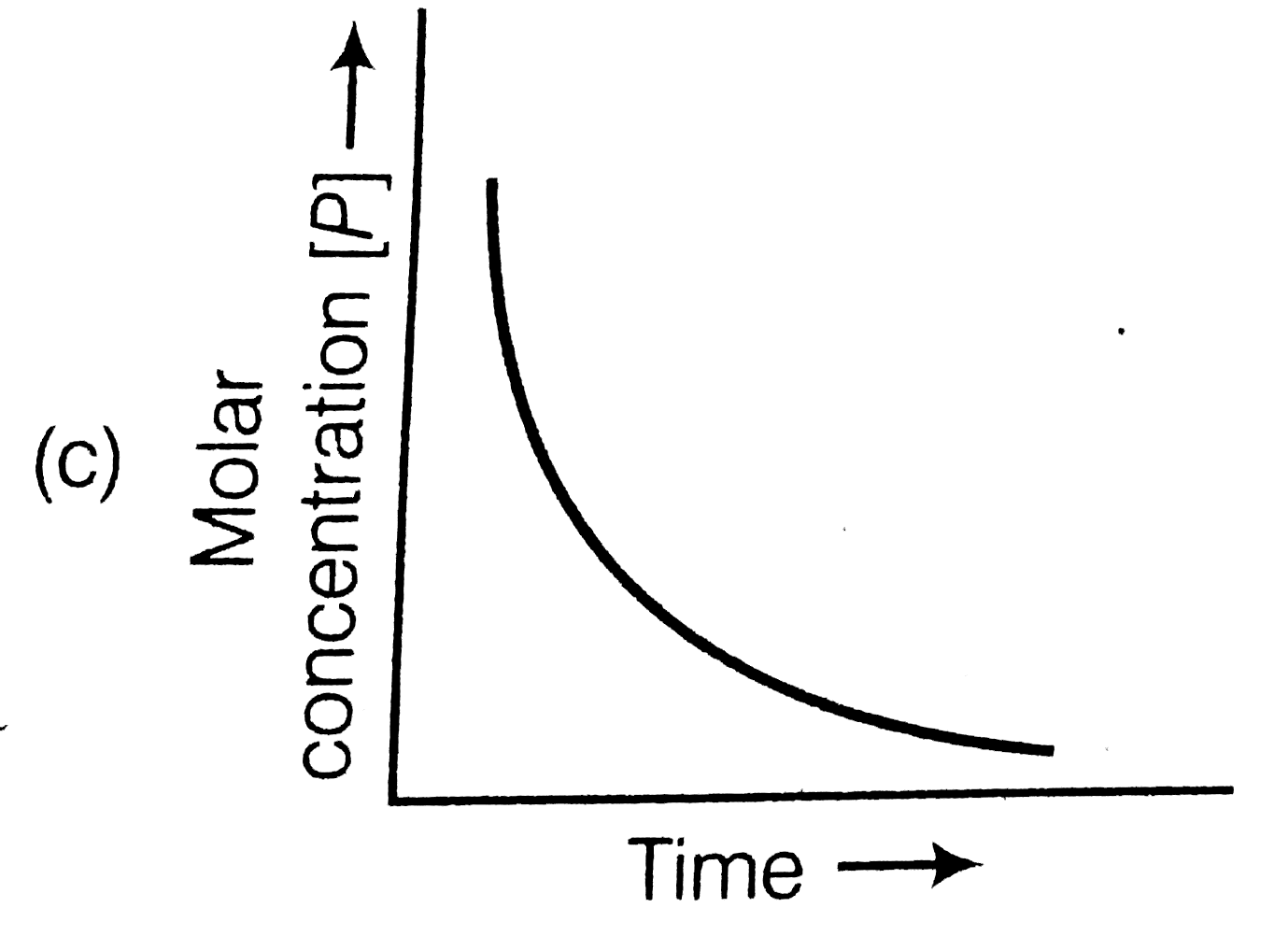 D
D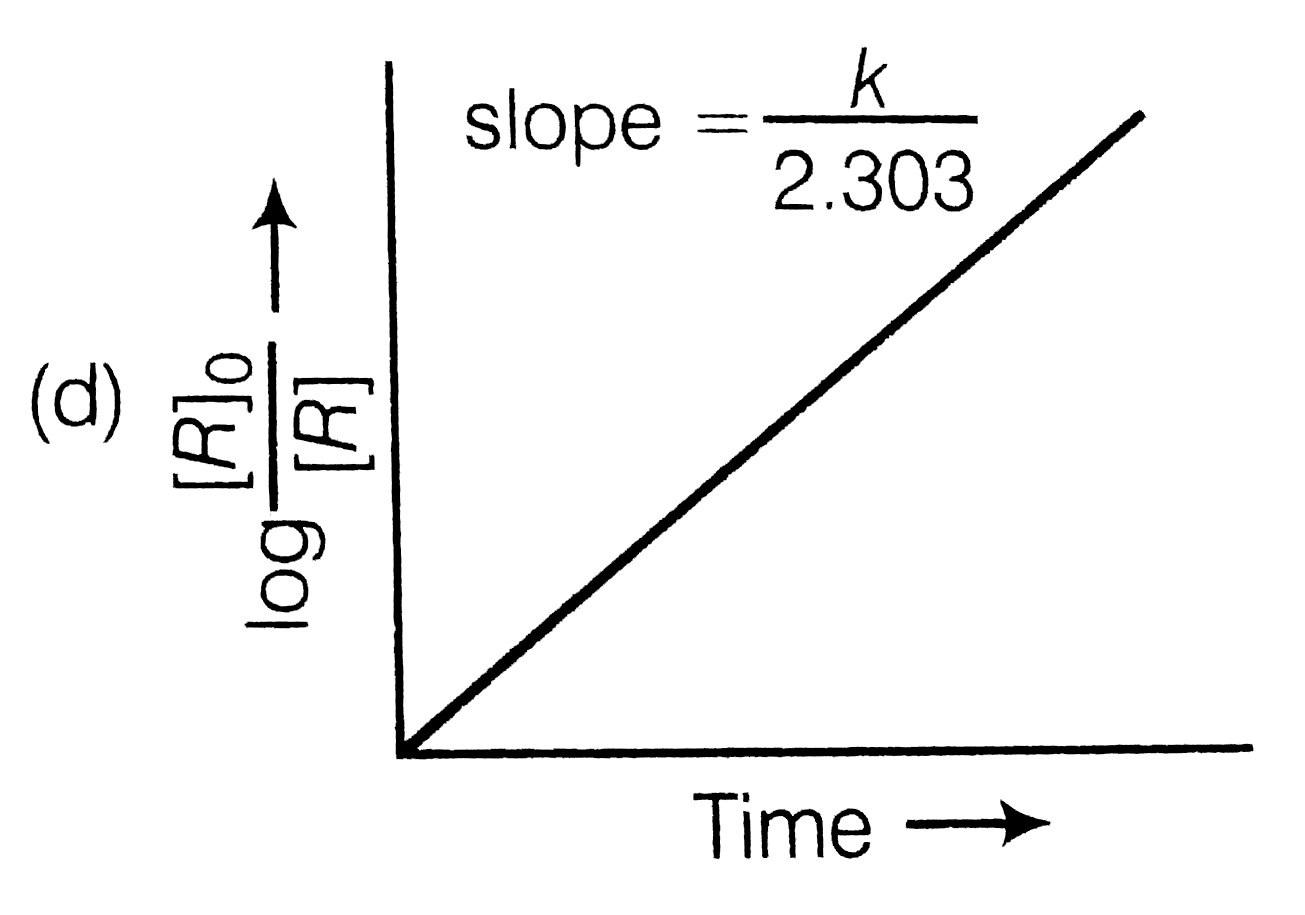
- Question 3 - Select One
Which of the following graph is correct for a first order reaction of the type R→P?
Where [] represents concentration.A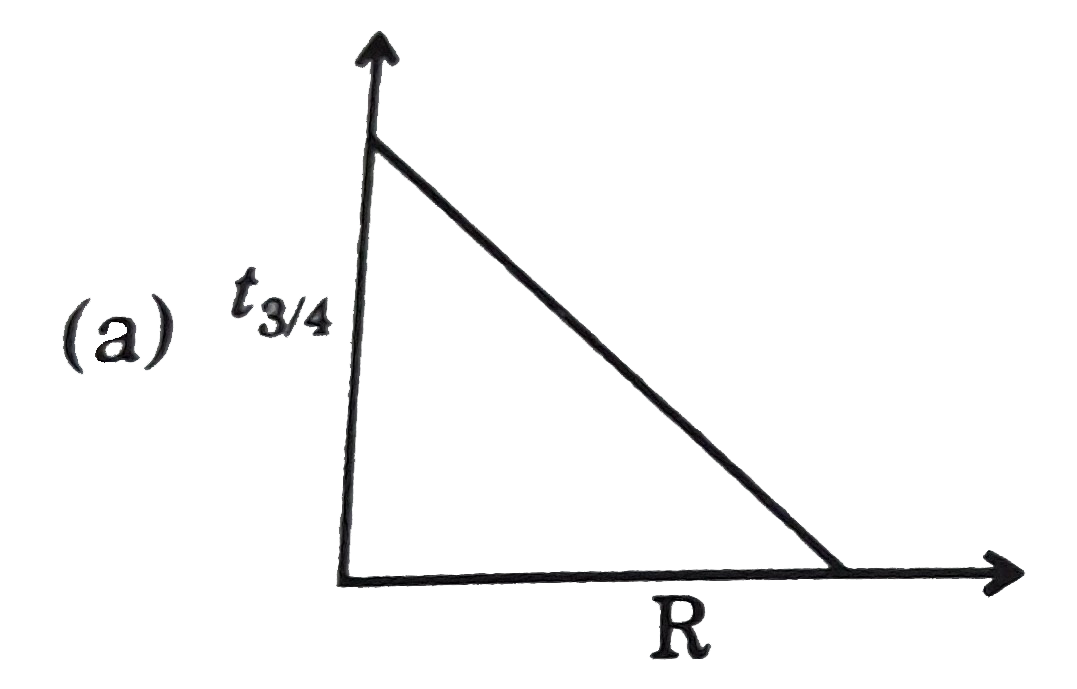 B
B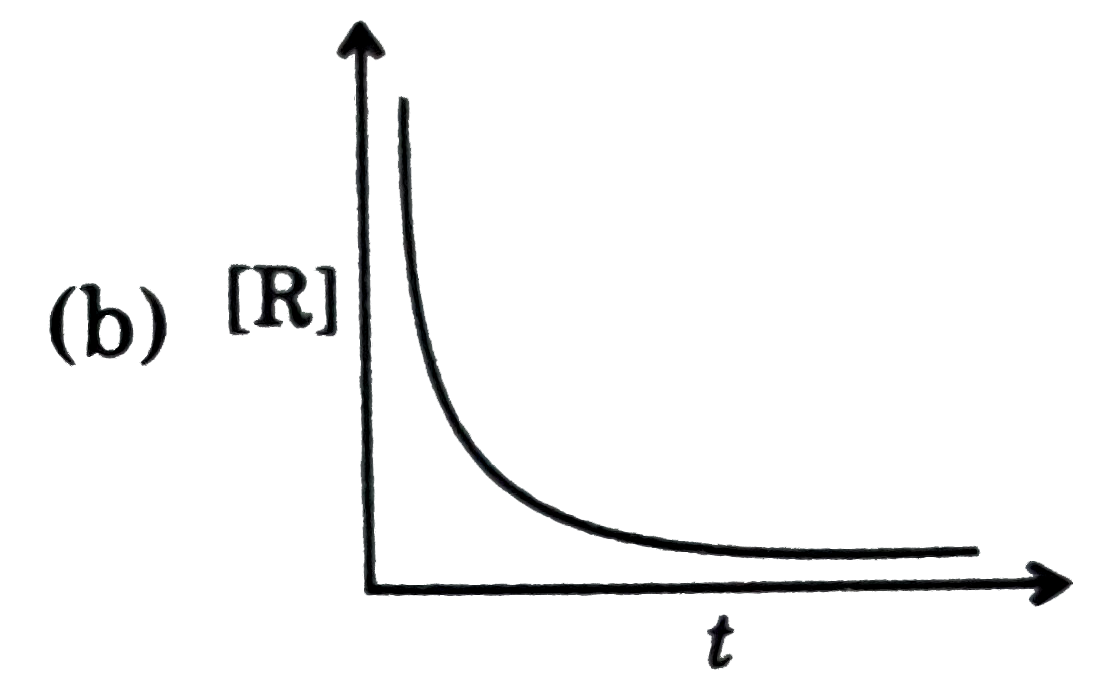 C
C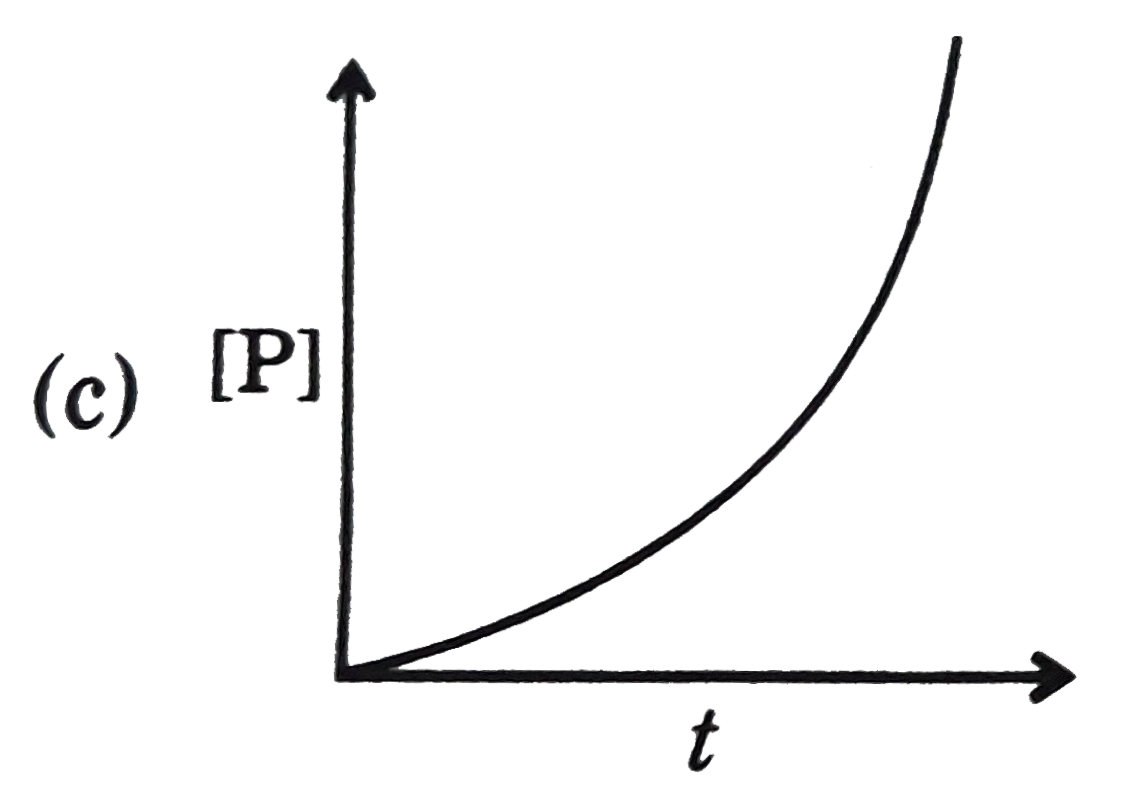 D
D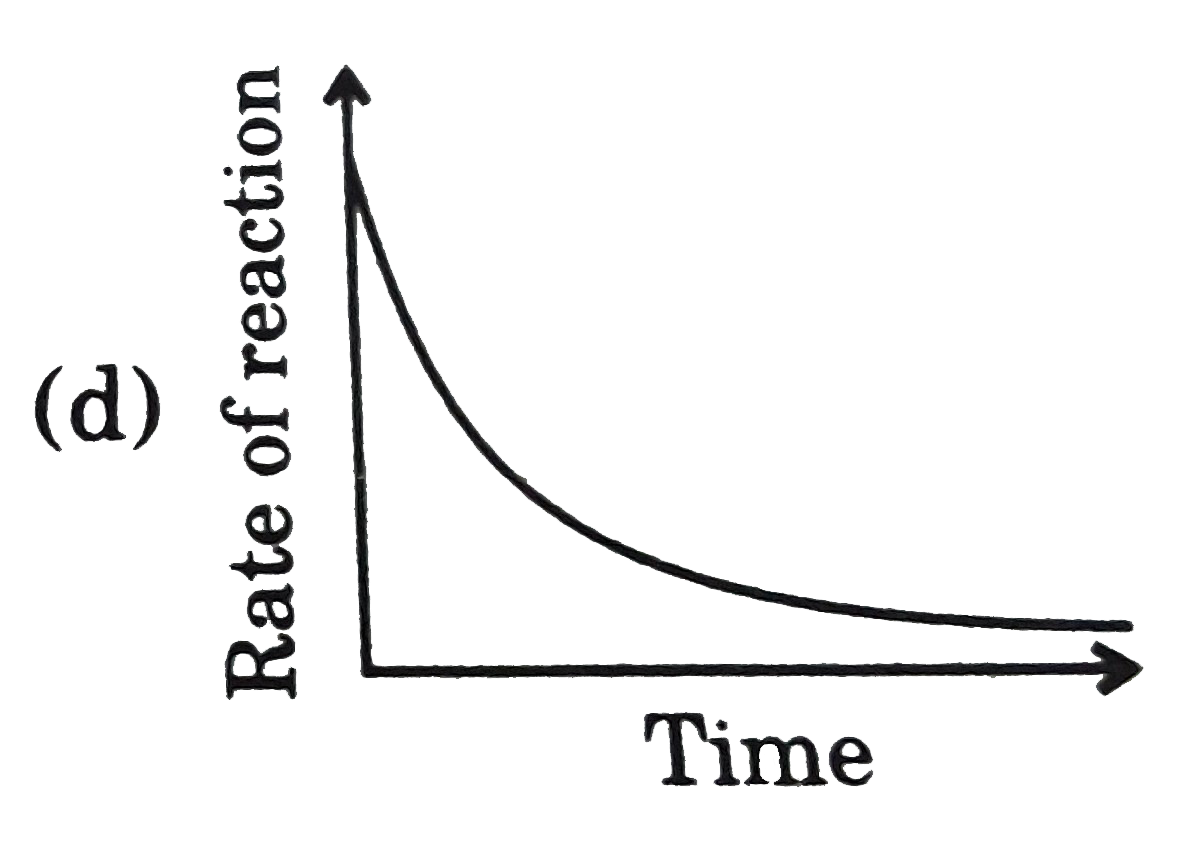
Which of the following graph is correct for a first order reaction ?
View SolutionWhich of the following graphs is correct for a first order reaction?
View SolutionWhich of the following graphs is correct for a first order reaction ? (R→P)
View SolutionWhich of the following is correct for zero and first order reactions respectively, where 'a' is initial concentration of the reactant ?
View SolutionWhich of the following relation is correct for a first order reaction?
(K=rate constant, r=rate of reaction, c = cone, of reactant)View Solution



